Lighting technology has come a long way in recent years, and LED lighting has quickly become the go-to choice for commercial and residential spaces alike. LED panels and LED troffers are two popular options that offer high energy efficiency and long lifespans, but what distinguishes them from one another? In this article, we'll break down the differences between LED panels and LED troffers to help you make an informed decision for your lighting needs.
LED Panels
LED panels are flat, rectangular lighting fixtures that are designed to replace traditional fluorescent troffers. They are typically thin and lightweight, making them easy to install in a variety of settings. LED panels come in various sizes, ranging from small 1x1 panels to large 2x4 panels, and they are often used in commercial office buildings, hospitals, and schools.
Advantages of LED Panels
- Energy efficient: LED panels are highly efficient, using up to 80% less energy than traditional fluorescent lighting fixtures.
- Long lifespan: LED panels have a lifespan of up to 50,000 hours, which is significantly longer than traditional fluorescent lighting fixtures.
- Versatile: LED panels can be used in a variety of settings and can be customized to fit specific design needs.
- Uniform lighting: LED panels provide even illumination across the entire panel, reducing the appearance of hot spots and shadows.
LED Troffers
LED troffers are similar to LED panels in terms of energy efficiency and lifespan, but they have a slightly different design. LED troffers are typically deeper and more square-shaped than LED panels, and they are often used in commercial and industrial settings.
Advantages of LED Troffers
- Energy efficient: LED troffers use less energy than traditional fluorescent lighting fixtures, resulting in lower utility costs.
- Long lifespan: LED troffers can last up to 50,000
- hours, reducing the need for frequent replacements and maintenance.
- Wide light distribution: LED troffers have a wide beam angle and can provide uniform lighting across a larger area.
- Compatibility with dimming systems: LED troffers are often compatible with dimming systems, allowing for more control over the lighting levels.
Differences between LED Panels and LED Troffers
While LED panels and LED troffers share many similarities in terms of energy efficiency and long lifespan, there are several key differences that set them apart.
Appearance and shape
One of the most noticeable differences between LED panels and LED troffers is their appearance and shape. LED panels are flat and rectangular, while LED troffers are deeper and more square-shaped. This difference in shape can impact their suitability for certain settings.
Light distribution and coverage
LED panels provide direct, downward-facing light, while LED troffers have a wider beam angle and can provide more uniform lighting across a larger area. The type of lighting needed will depend on the specific application and design needs.
Installation and maintenance
LED panels are typically thinner and lighter than LED troffers, making them easier to install and maintain. LED troffers may require more labor and time for installation due to their bulkier design.
Energy efficiency and cost-effectiveness
Both LED panels and LED troffers are highly energy efficient, but LED panels may be slightly more cost-effective due to their lower upfront cost and customizable options.
Which is the Better Choice?
Choosing between LED panels and LED troffers will depend on several factors, including the specific application, design needs, and budget. In general, LED panels may be better suited for settings with lower ceilings and limited space, while LED troffers may be better for larger spaces and those that require more uniform lighting coverage.
Some suitable applications for LED panels include:
- Office buildings
- Schools and universities
- Hospitals and healthcare facilities
- Retail stores
Some suitable applications for LED troffers include:
- Warehouses and industrial facilities
- Large commercial spaces
- Parking garages and outdoor settings
Ultimately, the choice between LED panels and LED troffers will depend on the specific needs of each individual space.
Conclusion
LED panels and LED troffers are two popular options for energy-efficient lighting, but they have distinct differences in appearance, light distribution, installation, and cost. When choosing between the two, it's important to consider factors such as the specific application and design needs to make an informed decision.
FAQs
- Can LED panels and LED troffers be used in outdoor settings?
- While LED panels and LED troffers are designed for indoor use, there are some outdoor-rated options available. It's important to check the specifications before using them in outdoor settings.
- Are LED panels and LED troffers dimmable?
- Some LED panels and LED troffers are dimmable, but it's important to check the specifications before purchasing.
- Do LED panels and LED troffers require a different type of installation than traditional lighting fixtures?
- LED panels and LED troffers can typically be installed in the same way as traditional lighting fixtures, but it's important to follow the manufacturer's instructions and consult with a licensed electrician if necessary.
- How long do LED panels and LED troffers typically last?
- LED panels and LED troffers have a long lifespan and can last up to 50,000 hours or more with proper maintenance.



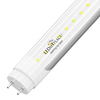
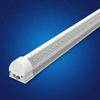
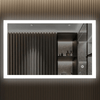


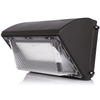


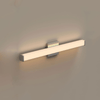





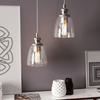


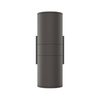










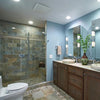
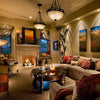
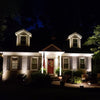
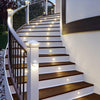

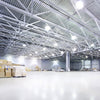
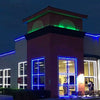


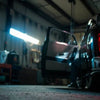


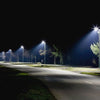




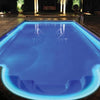
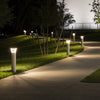
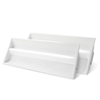




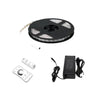


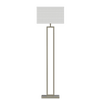

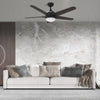

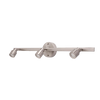




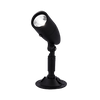
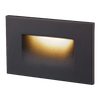


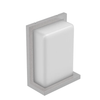

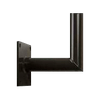
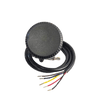
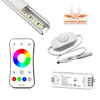



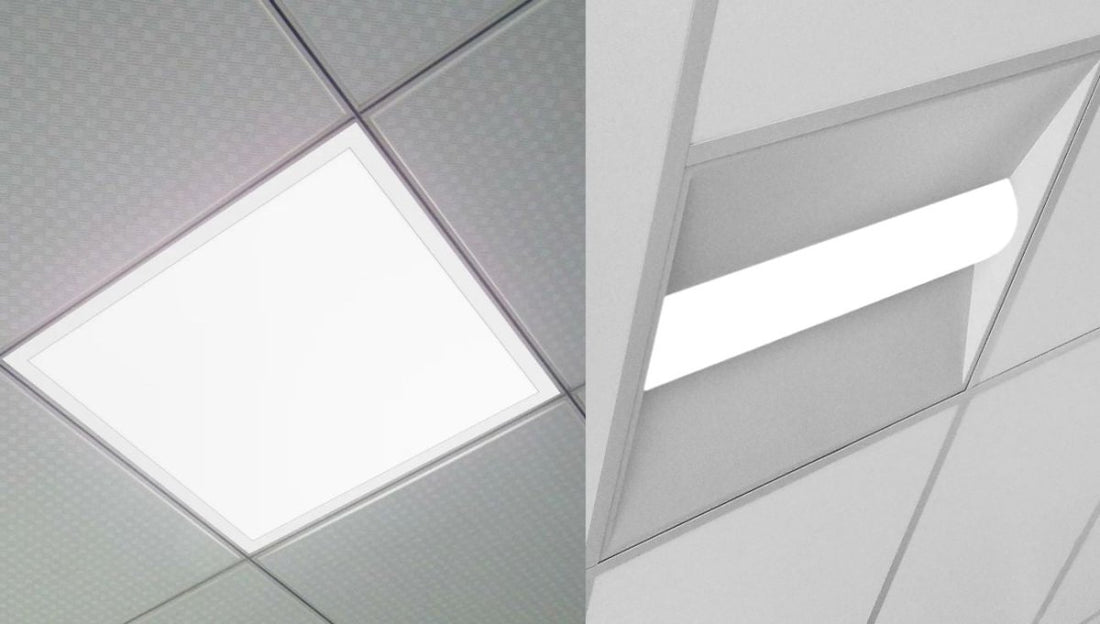
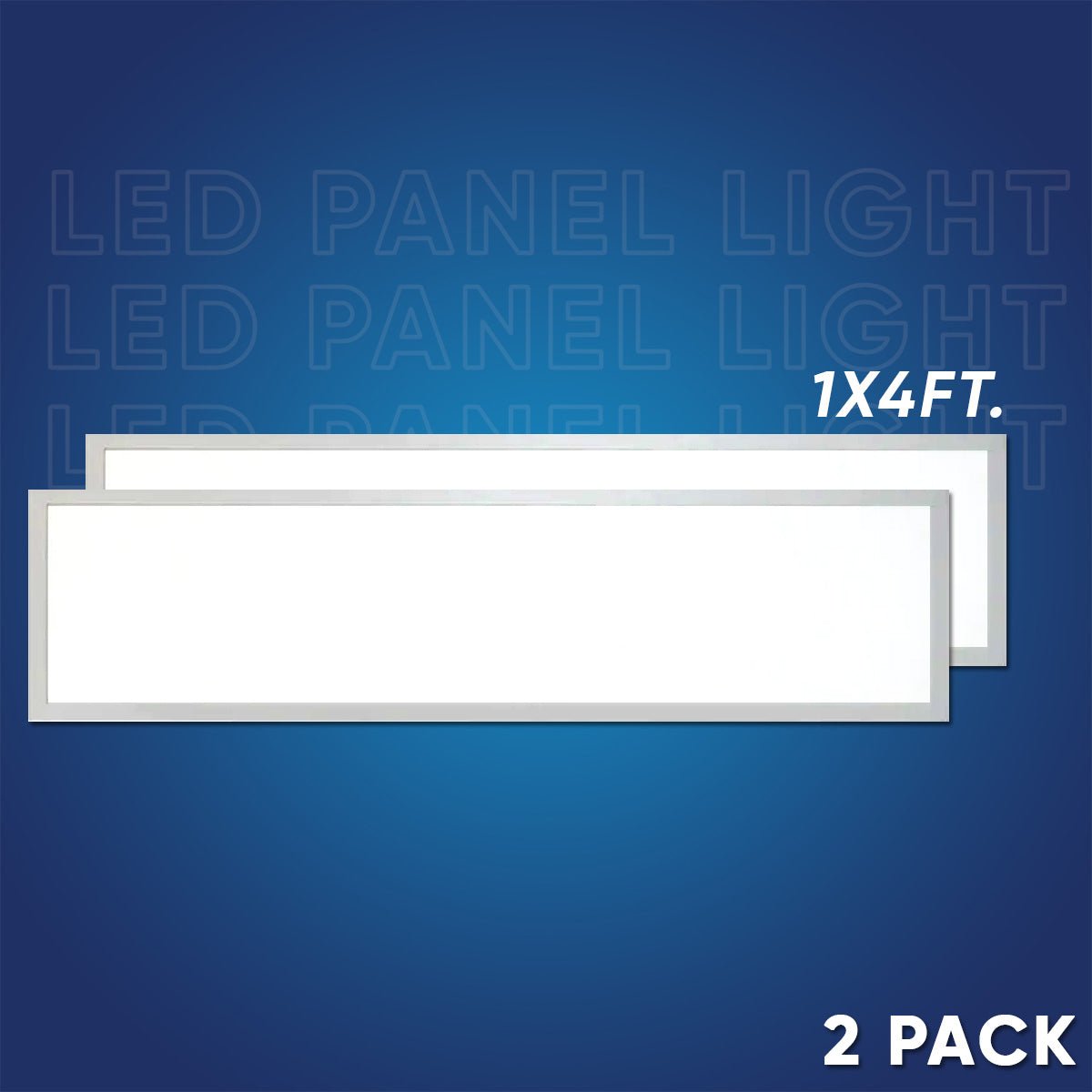
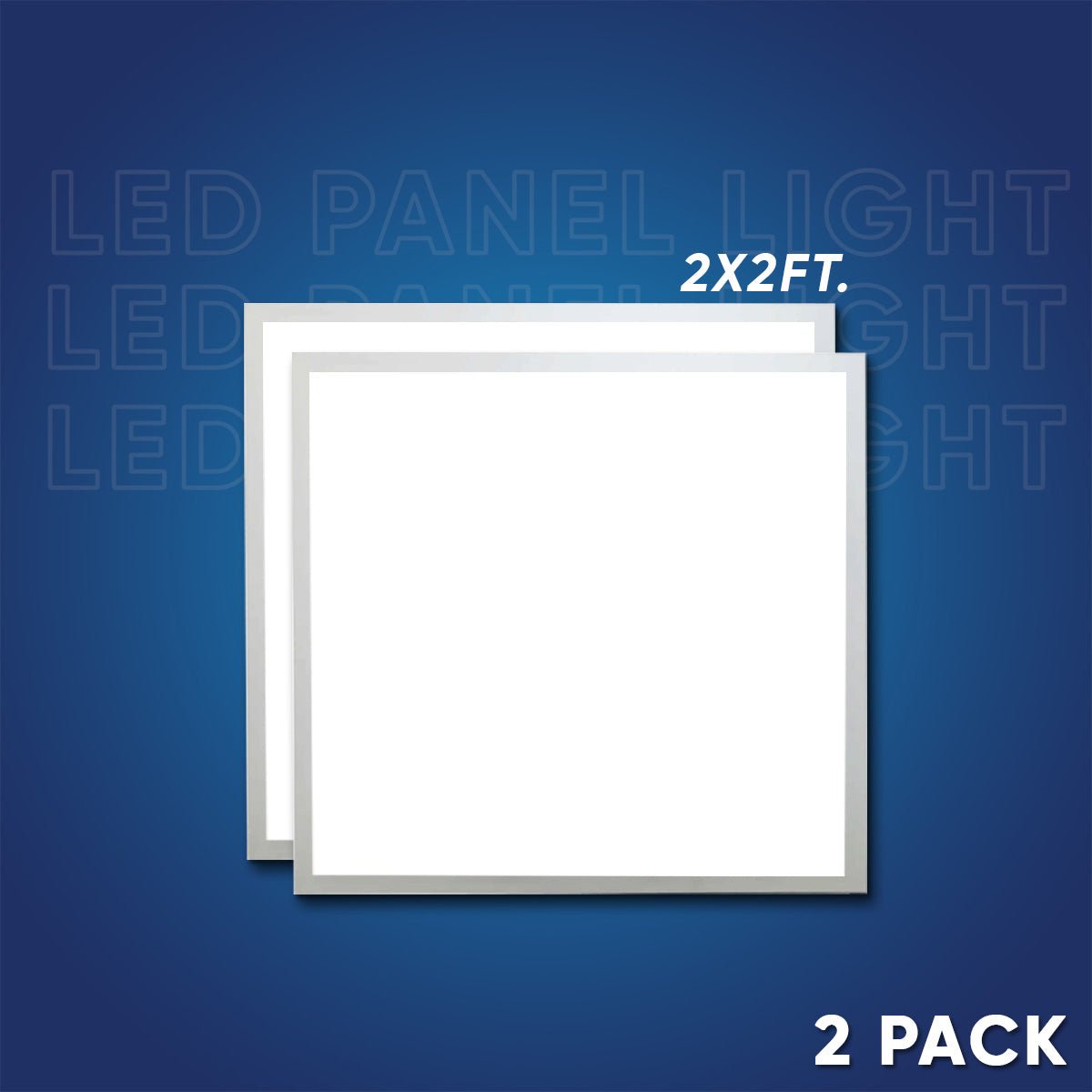
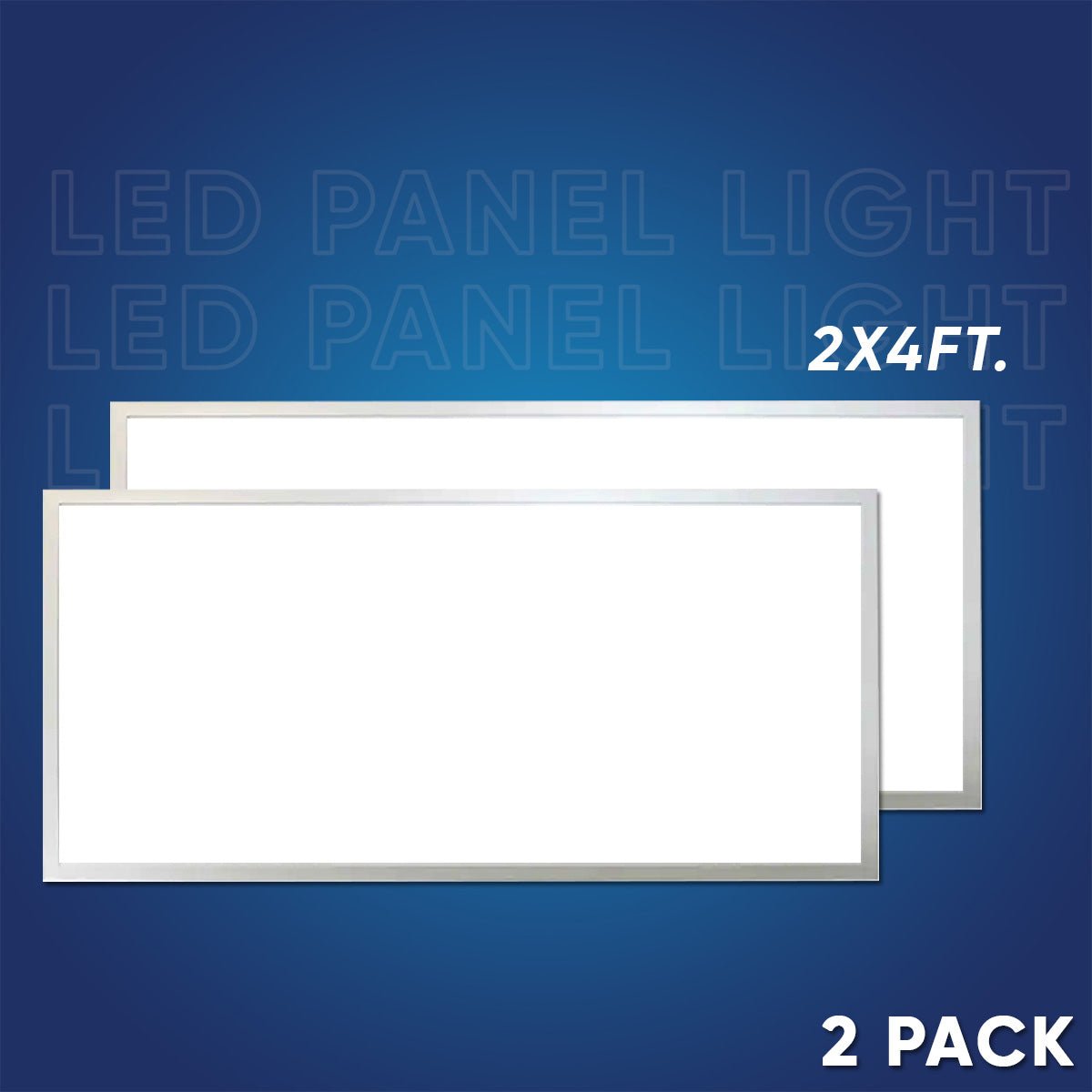
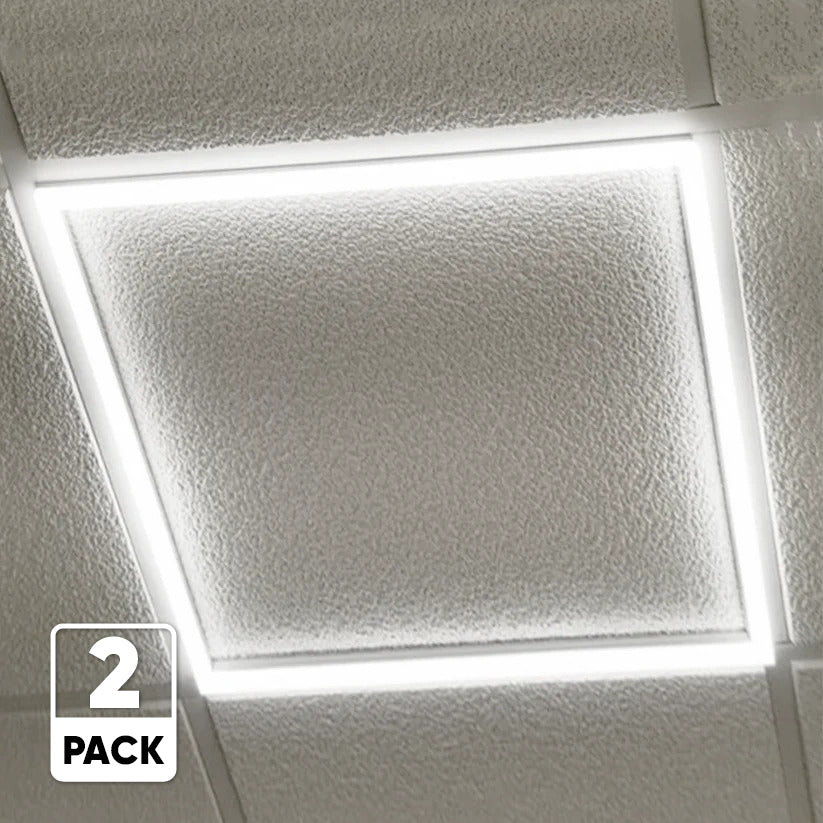
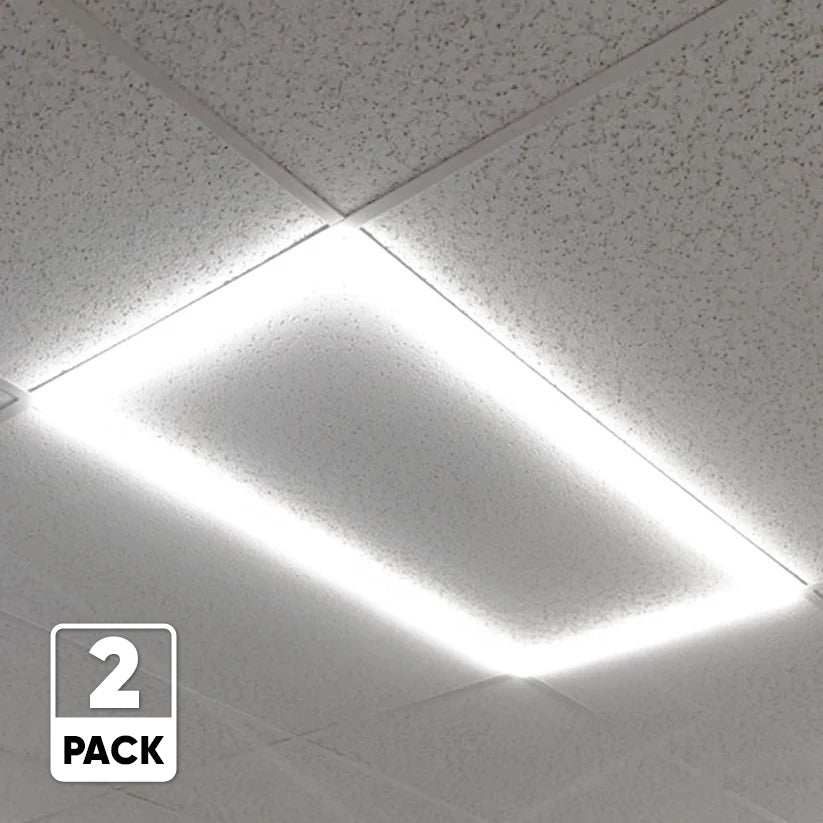
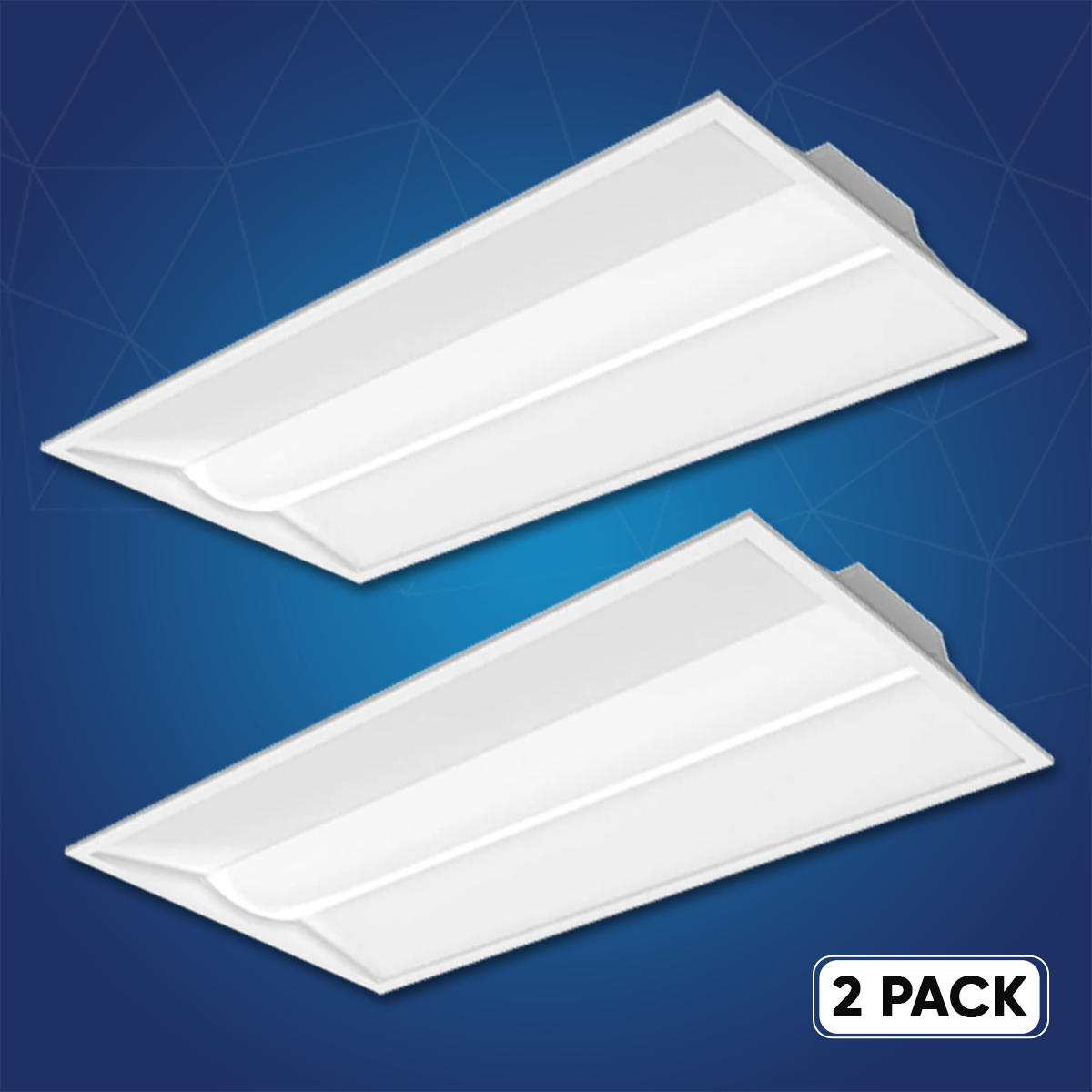
1 comment
I am thinking about using a flat panel in my kitchen, but I do not read any recommendations for residential use. My kitchen is 16 X 16, right now in about 1/2 of the kitchen space is 4 …4’ and 4… 2’ Leds custom fixture… the other half had 4 …4’ old fixture not leds… that is the area I want to put in flat panel. that area is the working area Sink, dishwasher, refrigerator, stove microwave and an Island in middle used as prep station for food. Would a 4 foot flat panel be a wise choice.